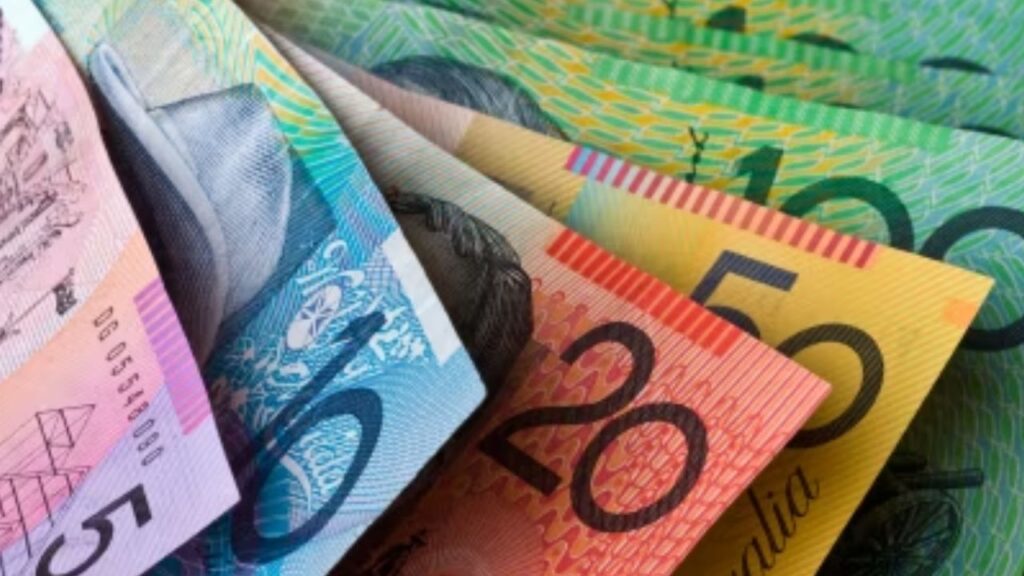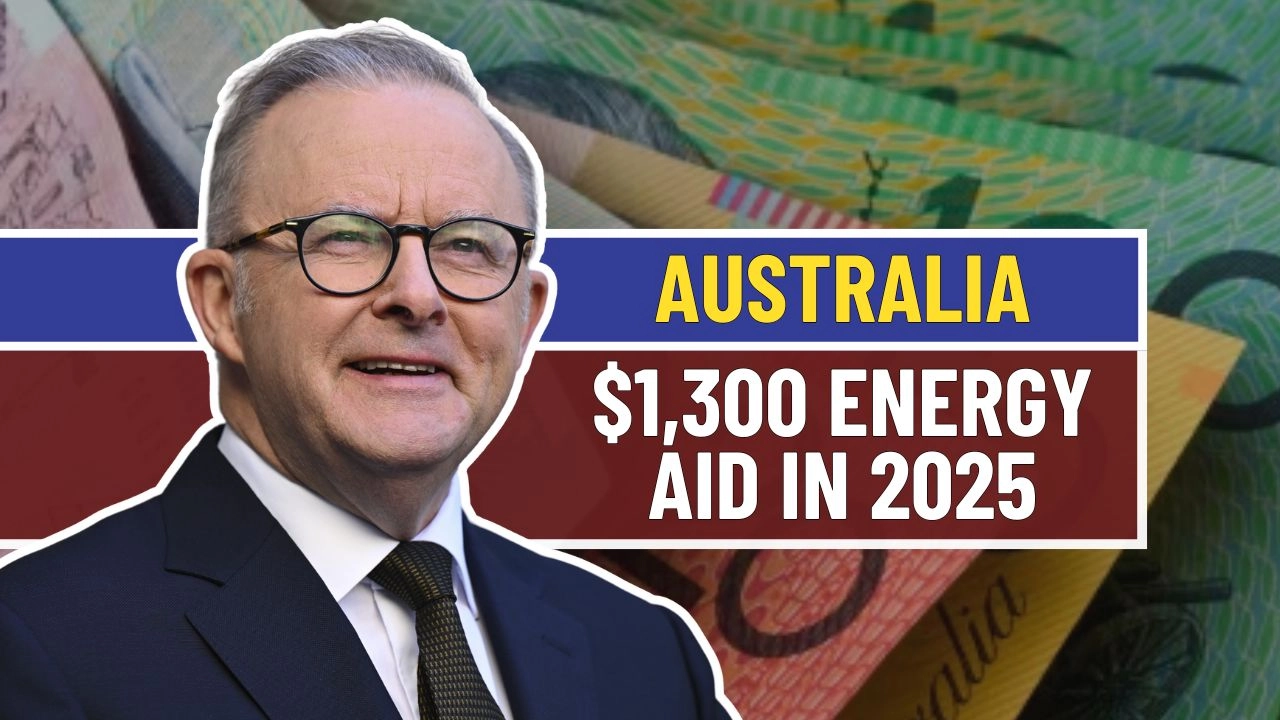In a significant move to ease the financial burden on Australian households, the federal and state governments have joined forces to deliver energy bill rebates in 2025. As energy prices continue to climb alongside broader cost-of-living challenges, this nationwide initiative is expected to bring meaningful financial relief to families and small businesses. Through the combined efforts of both tiers of government, eligible households can expect to receive up to $1,300 in electricity rebates during the year.
Renewed Federal Funding Expands Energy Bill Assistance
The Australian government has reinforced its commitment to tackling rising energy costs by injecting an additional $3.5 billion into the Energy Bill Relief Fund for the financial year. This comes after a $1.5 billion investment in the previous period. The renewed funding highlights a proactive stance in ensuring Australian households remain supported, especially as energy becomes an increasingly significant household expense.
Seamless Distribution Through Automatic Energy Credits
Beginning July 1, 2024, the federal government will roll out its portion of the energy rebate by automatically applying $300 in total to each eligible household’s electricity account. This amount will be spread across four quarterly payments of $75 each. Importantly, households do not need to apply to receive the federal rebate. This system is designed to ensure broad access to the support while reducing paperwork and simplifying the delivery process for all involved.
State Contributions Strengthen Regional Support

While the federal rebate is uniform nationwide, state governments have introduced additional rebates that further bolster the support residents receive. In Queensland, households will benefit from an extra $1,000 provided by the state, bringing total assistance to $1,300. In Western Australia, the state government is contributing an additional $400, creating a combined rebate of $700. Each state’s contributions vary, so residents are advised to consult their local government websites for specific details relevant to their area.
Eligibility Defined by Electricity Account Status and Residence
The core requirement for receiving the federal rebate is a registered electricity account connected to the national electricity grid. This includes residents across all states and even remote external territories. However, for state-funded rebates, eligibility criteria may differ based on factors such as income thresholds, concession card ownership, or pension status. To ensure they receive the full benefit available to them, individuals should confirm their eligibility under both federal and state guidelines.
Application Procedures for Residents in Shared or Special Housing
Most households will receive the rebate automatically through their electricity retailers. However, residents living in shared or specialized housing arrangements such as embedded networks in apartment complexes, retirement communities, or caravan parks may need to manually apply through their state or territory’s energy authority. These arrangements sometimes lack direct billing, which means extra steps are necessary to access the benefit. Early verification and timely application are essential for those in this category to ensure they receive the intended relief.
Small Businesses Included in the Support Framework
Alongside household assistance, the rebate program also extends to small businesses, many of which continue to face operational cost pressures. Eligible businesses may receive rebates of up to $325, depending on regional policy structures and energy consumption levels. Business owners are advised to contact their energy retailers or refer to local government sources to understand how the program applies to them and what steps they need to take to benefit from the relief measures.
Energy Assistance Paired With Long-Term Sustainability Goals
Beyond addressing immediate cost pressures, the government views this rebate initiative as part of a wider transition toward a more sustainable energy future. Long-term strategies include major investments in renewable energy, upgrades to energy infrastructure, and programs aimed at improving energy efficiency for homes and businesses. These plans are expected to drive down energy costs over time while also reducing Australia’s reliance on non-renewable energy sources.
Immediate Relief at a Crucial Time for Many
As economic pressures continue to affect households nationwide, the 2025 energy rebate package represents timely and much-needed assistance. By combining federal and state contributions, and by minimizing administrative hurdles, the initiative is positioned to deliver support quickly and efficiently. Whether for low-income families, seniors, or small businesses, this effort helps ensure Australians can stay on top of their power bills without compromising other basic needs.


